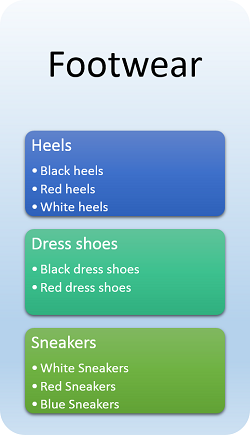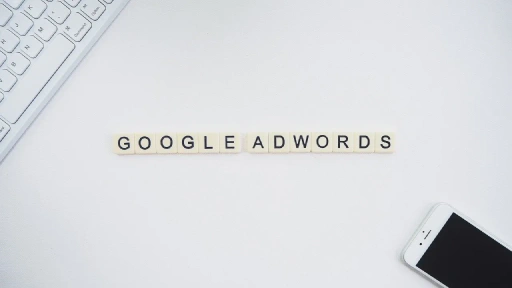The relevance of a keyword to an ad text impacts the clickthrough rate (CTR) and indirectly the Quality Score. The ideal structure would be to have one keyword and one ad text per ad group as this would help achieve almost 100% relevance. However, this is not a feasible structure as it will result in an unmanageable number of ad groups. This is where theming of keywords comes in.
Theming is essentially grouping together similar keywords in an ad group. It is a good idea to be granular when theming keywords. This improves the chances of a keyword being relevant to the ad text.
How to theme keywords
Theming can be subjective and depends on how granular you want to go. After you get a list of keywords, identify broad themes, and then look for sub-themes within that. You can create separate ad groups for sub-themes as well. You can also use the ad group suggestions the AdWords keyword tool offers. However, you’ll still need to go through these ad groups to weed out irrelevant keywords and maybe split them out further to theme them better.
In the example below, all the keywords belong to the same broad theme – footwear. However, if you look closely, there are three sub-themes – Heels, Dress Shoes and Sneakers. In this case we’ll create a separate ad group for each sub-theme.

The best way to determine which keywords to put in an ad group is to see the number of words that are common in a set of keywords and whether they logically fall under the same theme. In the above example, if you only go by the matching similar words in keywords, colors like black and red emerge as themes. However, grouping keywords based on the type of shoes is more logical than grouping them based on color.
Why theming is important
1. Good Quality Score
Well-themed ad groups make it possible to write ad text that will be relevant to all keywords in an ad group. Keyword to ad text relevance directly impacts clickthrough rate (CTR) which affects Quality Score. A high CTR is a good way to improve Quality Score.
2. Performance comparison
Well themed keywords make it is easy to compare performance across product categories. For example, if you put keywords for skirts and shoes in the same ad group then the only way you can compare the performance of the category skirts with shoes is at the keyword level. This can be quite tedious. If you follow a logical theming scheme, keywords for skirts and shoes will be in their individual ad groups and you can just compare performance at the ad group level. This same comparison can go up to the campaign level.
3. Easy to expand
When you have to add new keywords you know exactly which ad group to put them in because you built the foundation right.
4. Ad group bids
It is easier to set accurate ad group level bids because similar keywords usually have the same bid requirement.
5. Specific ad text
If all the keywords in an ad group belong to the same theme, it is easy to write relevant and specific ad text. This is because the USPs and descriptions will be the same. For example, in an ad group that has only keywords related to black heels, you can easily use a text like ‘Dress up your feet in stunning black heels’. It is relevant and specific to the product and one line does the trick for all keywords. However, if you had keywords for dresses in the same ad group, you would have to use something broader like – ‘Great collection of shoes & dresses.’ Which one would you click on as a user if you were searching for black heels?









